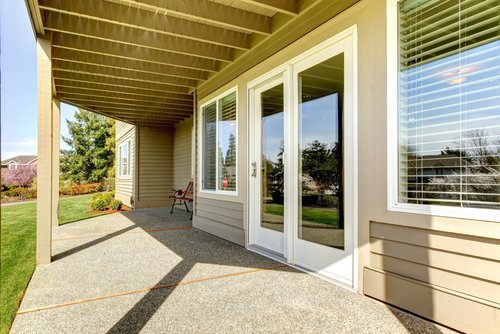Sustainable living is becoming a priority for Australians across the continent. Learning to live with as little need for energy and material goods as possible allows your family to reduce their carbon footprint and the negative impact you have on the planet. Here are five tips for sustainable living:
* 1. Reduce Emissions: Emissions are created when burning fossil fuels. There are a number of ways you can help reduce these damaging emissions. You can reduce the amount of time you drive by running all of your errands at once and shopping locally. You can opt to walk when you can as well as use public transportation to and from school or work. You can even get together a team of co-workers and begin a car pool. The less you drive the less emissions you will produce.
* 2. Lessen Trash: Before you toss anything make sure it really is garbage. Items you choose to continue to use help reduce the amount of garbage at local landfill sites. The more green space we have around our homes the better. Green space reduces emissions, keeps areas cooler and provides much needed clean air.
* 3. Reuse: Deciding to shop for reused items before you go to the local shopping centre also helps reduce waste. We are a throw away society always looking for the latest and greatest of everything without giving any thought to where all the trash is going when we toss our old items for something new. First decide if you really need something, and then see if you can buy it used. Only buying new when absolutely necessary makes a huge difference.
* 4. Stop Wasting Energy: Your home has to be heated and cooled as well as provide you with the necessity of water. However you don’t have to use water and electricity like it was free. Lessen your energy use by keeping your home at a steady 26 degrees in the summer months and a cosy 24 in the winter. As well install low flow faucets and toilets in your home to reduce your water wastage. Avoid running the dishwasher or laundry unless you have a full load. Hang dry clothes whenever possible to lower your use of electricity and do your energy draining chores such as laundry during off hours.
* 5. Buy Sustainable Materials: Look for items that are made from recyclable plastics or natural materials such as bamboo that can be regenerated easily. Avoid buying too many items made of woods that take decades to replace.
These five tips are just a few examples of how you can live a sustainable life. You can speak to an expert to make further recommendations for sustainable living.








